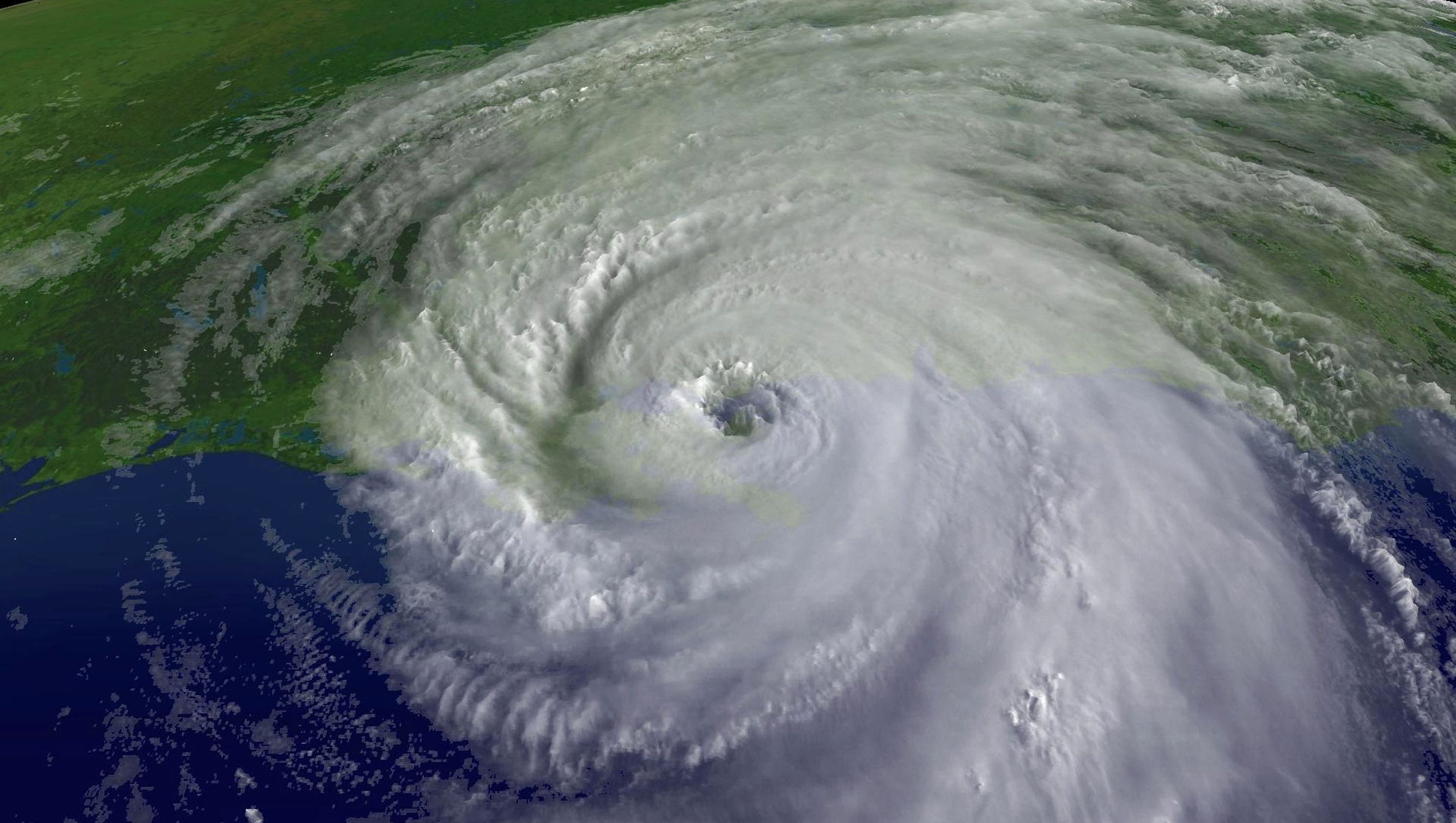My research focused on the lyrics of American presidential campaign songs. While I personally wanted to do something with music history, I also wanted to explore what purpose music had in the grandest political machine in the country. Ultimately, I had two major questions: how did the choice of song affect a candidate’s campaign, and did song selections among parties convey different messages? I also wanted to keep this study fairly modern since the twentieth-century commodification of pop culture is a unique part of today’s campaigns. Therefore, I went from Franklin Roosevelt to Donald Trump. While my first question would be hard to answer visually, my second question could be done so. Analyzing the songs’ lyrics could be done visually. To do this, I needed to focus on text mining, and a tool which could show trends in text. So I chose to use Voyant, which is a tool that takes the entirety of a text and shows a word scramble. This enables somebody to look at the resulting image and identify the most frequent words that show up in the text, which can give an idea of a particular tone or message. However, if ‘the’ showed up too much, it would be the biggest word which would show nothing. So I did edit the lyrics I entered to get rid of such articles, as well as third-person pronouns. I wanted to focus on the words which would actually convey a message, if possible. Ultimately, I found that there were clear differences in the messages of the songs based on a party line. Republican-chosen songs tended to include words which reinforced a message of country, freedom, and strength. Democratic-chosen songs tended towards messages of hope and a can-do attitude. This shows that there is a possibility at songs being chosen by candidates along broader ideas than personal affinity of the candidate. My findings can be seen at https://voyant-tools.org/?corpus=3c36fd03ac4fba22618fd1b8233bf3d4 for the total aggregate, https://voyant-tools.org/?corpus=7027e2b5011a493d55aa92a3d6948967 for the Republican-only aggregate, and https://voyant-tools.org/?corpus=bfdb07fcd8af93d003c2e02a48d048b7 for the Democratic-only aggregate of lyrics.
The historical scholarship on presidential campaigns music is scarce. There are a few articles I found about nineteenth-century campaigns, but nothing that really helped for my chosen period. My main sources were popular newspaper articles, such as USA Today, along with lyric pages for the actual song lyrics.
SOURCES
Griffiths, ,Michael. “American Presidential Campaign Songs That Have Backfired on the Candidates.” The Independent. February 19, 2016. https://www.independent.co.uk/arts-entertainment/music/features/american-presidential-campaign-songs-that-have-backfired-on-the-candidates-a6883811.html
Murse, Tom. “List of Campaign Songs Used by Presidential Candidates.” Thoughtco. August 14, 2019. https://www.thoughtco.com/list-of-presidential-campaign-songs-3367523
History – Music in Politics. 2020. https://wordpress.clarku.edu/musc210-mip/american-campaign-songs/history/
McDermott, Maeve. “Election Day Playlist: 15 Famous Campaign Songs.” USA Today. November 1, 2018. https://www.usatoday.com/story/life/music/2018/11/01/election-day-playlist-15-famous-campaign-songs/1833234002/
http://www.azlyrics.com
http://www.lyricfind.com
